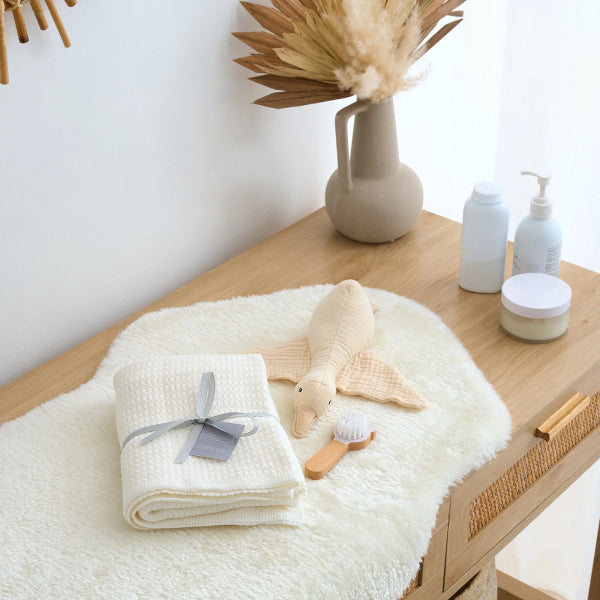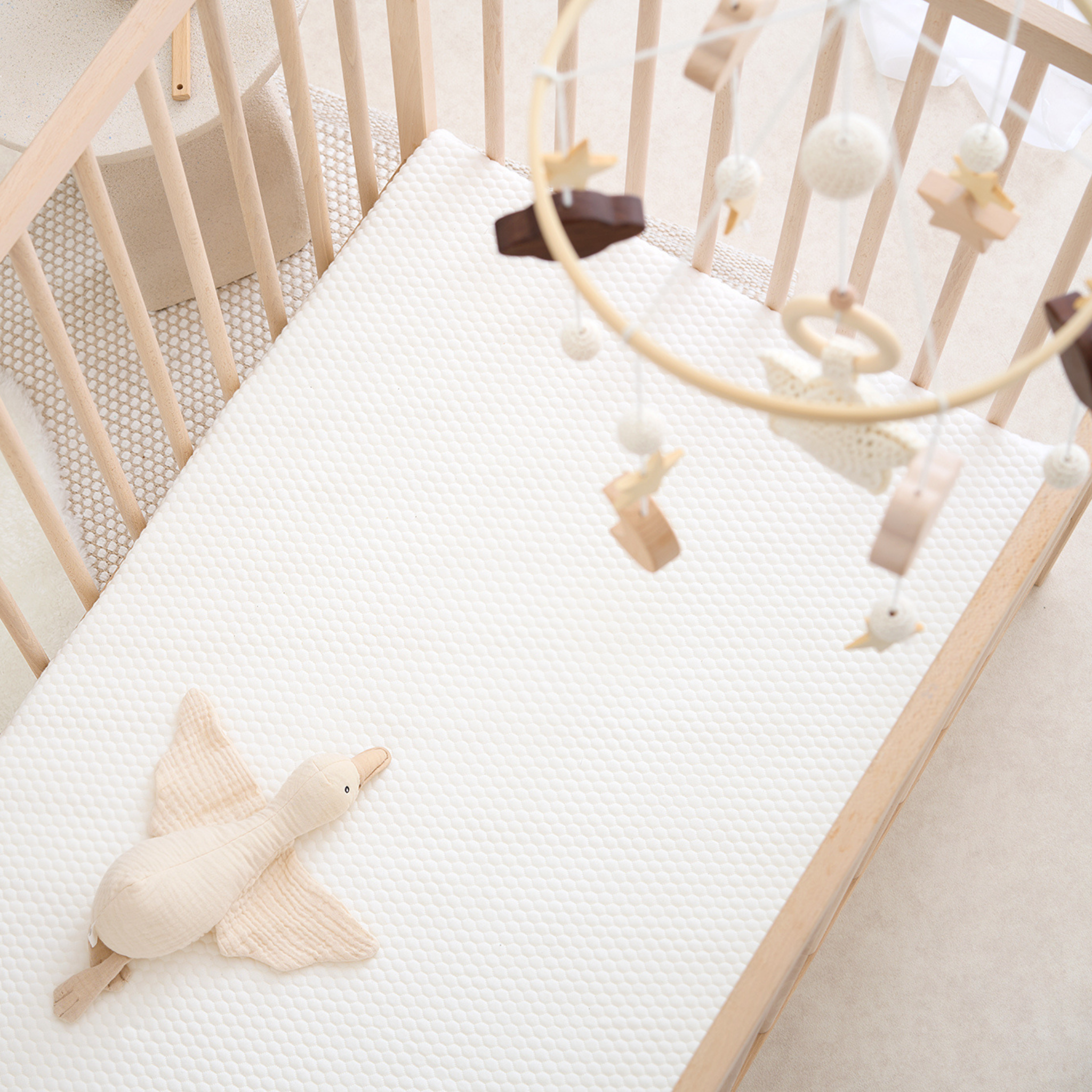Tips for Managing a Sleep Routine When Your Little One Has a 'Danger Nap'
Ah, the notorious 'danger nap'—those unexpected, late-afternoon snoozes that can throw your child's bedtime routine into chaos. Any parent knows the panic of a late-day doze derailing the delicate balance of a well-crafted sleep schedule. But fret not! Here are some practical tips to help manage your child's sleep routine, even when a danger nap strikes.
1. Recognise the Danger Nap
A danger nap typically happens in the late afternoon, often after 4 PM, and can be as short as 10 minutes or as long as an hour. While it might seem like a harmless snooze, it can lead to bedtime resistance, late-night wake-ups, and an overall disruption of the sleep schedule.
2. Stay Calm and Flexible
First and foremost, stay calm. It's easy to panic when you see your little one nodding off at 5 PM, but flexibility is key. Accept that your evening plans might need adjusting and prepare to be a bit more adaptable with the bedtime routine.
3. Adjust Bedtime
If your child has taken a danger nap, consider pushing bedtime back by 30 minutes to an hour. This allows them to expend some energy and become genuinely tired again. However, be cautious not to let bedtime creep too late, as this can cause overtiredness and make falling asleep even more challenging.
4. Engage in Quiet Activities
Post-danger nap, engage your child in quiet, calming activities rather than high-energy play. Reading books, doing puzzles, or drawing can help them wind down without adding extra stimulation that could further delay bedtime.
5. Create a Soothing Evening Routine
Stick to a soothing evening routine to signal that bedtime is approaching. A warm bath, dim lighting, and gentle lullabies can help your child transition from the danger nap to bedtime more smoothly. Consistency is crucial, even when the schedule shifts slightly.
6. Be Mindful of Daytime Naps
If danger naps are becoming a regular occurrence, it might be time to reassess your child's daytime nap schedule. Ensure they're getting sufficient rest earlier in the day to avoid late-afternoon sleepiness. Gradually adjusting nap times can help prevent danger naps from happening in the first place.
7. Monitor Screen Time
Limit screen time in the evening, especially after a danger nap. The blue light emitted by screens can interfere with the production of melatonin, the hormone responsible for regulating sleep. Opt for screen-free activities to promote a smoother bedtime transition.
8. Use White Noise
White noise machines can be a lifesaver when trying to establish a calming sleep environment. The consistent, soothing sound can help drown out household noises and create a tranquil atmosphere conducive to sleep.
9. Be Patient
Managing a sleep routine with a little one is a dynamic process. There will be good days and challenging days, but patience is your best ally. Understand that it's normal for sleep patterns to fluctuate and that with time and consistency, you can find a routine that works for your family.
10. Seek Professional Advice if Needed
If danger naps and sleep disruptions become a persistent issue, it might be helpful to consult a paediatric sleep specialist. They can provide tailored advice and strategies to help your child achieve a more consistent and restful sleep pattern.
Conclusion
The 'danger nap' can undoubtedly throw a wrench in your well-laid sleep plans, but with a calm approach and some strategic adjustments, you can navigate these disruptions successfully. Remember, every child is unique, and finding the right balance might take a bit of experimentation. By staying flexible and patient, you'll be well on your way to ensuring both you and your little one enjoy peaceful and restorative nights.
Sweet dreams!




























